
This might be a bold claim, but I’m going to make it anyway: Wellington, New Zealand, is the best national capital city for mountain biking. After two weeks spent living and riding — car-free — in Wellington, I’ve come away incredibly impressed by both the quantity and the quality of the mountain bike trails surrounding New Zealand’s capital.
“I really feel that Wellington’s got something special,” said Jono Baddiley, Past President of the Wellington Mountain Bike Club (WMTBC) and long-time local mountain biker. Baddiley has been riding mountain bikes around Wellington since before they began building singletrack, which kicked off in the early 90s. “I can be off-road in two minutes from home. I can be off-road in about seven minutes from the office. And that’s an amazing feeling. I haven’t found any large city anywhere in the world that’s like that.”

A capital city, but not a big city
Working in Wellington’s favor is that even though it may be the national capital, it’s definitely not a “large city” on a global scale. According to the latest census data, Wellington City has a population of just 214,000, with a population of between 440,000 and 550,000 in the greater Wellington Metro Area, depending on how big you draw the circle.
Wellington’s geography helps keep the city confined and small. The city was built on a harbor protected from the forces of the ocean, and on the other three sides of town, short mountains rise steeply, hemming in the downtown skyscrapers. Of course, human development knows no bounds, and the houses and suburbs sprawl up the hillsides and spill over into the neighboring valleys.
Despite some urban sprawl, most of the ridges and steep-sided valleys are covered in deep forests and are now protected by natural areas. “Essentially any hill that you look at, [if] it’s got trees on it, it will have tracks on it,” said Baddiley.
The forests covering the steep-sided ridges are lush, with many of the trails forming green tunnels through the dense undergrowth. The ecosystem varies dramatically from one side of a mountain ridge to the other, and over the past 25-35 years, the locals have worked hard to replant native species and eliminate invasives — both plants and mammals.
Easy trail access from downtown
While many capital cities have trail networks you can drive to, Wellington boasts numerous mountain bike trails that are rideable directly from the heart of the city.

Mt. Vic, and WMTBC’s work on trail rebuilds
The closest trail system to downtown is Mount Victoria, aka “Mt. Vic.” This small ridge is laced with popular “tracks,” as they call the trails here in New Zealand. The trail network is popular with mountain bikers, hikers, and trail runners, and is very much an urban park. While many of Mt. Vic’s trails began life as social trails, over the years, many have been revamped into purpose-built downhill-only trails.
The trail density is so high on Mt Vic that the Wellington City Council has decreed that no new trails can be built on the mountain. However, “What they have said is you can maintain the existing trail, and you can basically modify the existing trail, so long as it stays within the existing trail corridor and it maintains the existing trail grade,” according to Baddiley. “So, we’ve gone through and […] completely refreshed trails there, so they’re completely different from what they used to be. But still, we didn’t need to get specific approval from the council to go and do that.”
Even during my time riding on Mt. Vic, I spotted a trail that was in the process of being reworked, with mini excavators building a beautiful stack of berms.



Waimapihi Reserve and bike-specific flow trails
Waimapihi Reserve, also known as “Polhill,” also butts right up against downtown. This area offers more vertical and longer trails, including several popular downhill-only flow trails, particularly Ikigai to Serendipity and Roller Coaster. While Mt. Vic feels like an urban park, Waimapihi feels like a nature preserve, with a much wilder and more isolated feeling, despite being rideable right from the city.
One of the factors that sets the urban trails in Wellington apart from many other major cities are the bike-optimized downhill-only trail designs — and the obvious trail signs denoting them as such. Ikigai, Serendipity, and many of the trails on Mt. Vic, like Hippy’s and the Super D Jumps, are now purpose-built flow trails that are signed as “Bike Priority” trails. The signs clearly note that these trails are “Not suitable for walkers.” The bottom exits of the downhills are all clearly signed with bright red “No entry” warnings, and the tops are all well-labeled with the trail grade, the name, and what you can expect to encounter on each trail.
But these trails didn’t come easily.
“We lobbied for a long time and got the ability to build Ikigai and Serendipity as descent trails and have them as what we call mountain bike priority,” said Baddiley. “So, we’re not saying walkers can’t go down there, but we’re asking walkers not to, because if you’ve got somebody flying through the air, like they do on Te Tuara, on Mount Vic, you really don’t want to land on somebody.”
In part, these trails were built to manage conflicts happening on some of the historic trails. For instance, Ikigai parallels Transient, which used to be a two-way, multi-use trail.
“We always said, ‘look, there’s going to be conflict with people coming too fast down because they’re idiots. And that’s not because mountain bikers are idiots. It’s because idiots on bikes are still idiots,'” said Baddiley.
Today, Transient is only open to bikes in the uphill direction (with walkers allowed in both directions), with Ikigai serving as its downhill-only counterpart.




Makara Peak: the crown jewel
The largest jewel in the Wellington-area singletrack crown is unquestionably Makara Peak. Makara boasts almost 900 vertical feet and 50km (31mi) of purpose-built mountain bike trails. While Makara is further afield than both Mt. Vic and Waimapihi Reserve, it’s still located less than 8km (5mi) from the city center. I spent two weeks living car-free in Wellington, and I pedaled the roughly four miles each way from my AirBNB to Makara Peak three times, which proves that a car isn’t required to reach these trails.
All the major mountain bike networks in Wellington feature trails for every skill level, but Makara Peak truly offers something for everyone, from beginner to expert. The green climbing trail is smooth and non-technical with moderate grades, and the range expands all the way up to “Yeah Gnar,” widely regarded as the gnarliest trail in the region.
But of course, in the middle of the bell curve, there are plenty of superb trails to choose from down Makara Peak, including both flow and tech descents. Pohatu is the crowd-pleaser — a flow trail riding the line between blue and black with endless berms, some jumps, and a few rocky bits and spicy drops.

And that’s just the beginning…
These three trail networks don’t nearly comprise all of the trails that are rideable from downtown Wellington. The Skyline trails stretch north from Makara Peak along the western hills for many miles, linking to other networks. From Waimapihi Reserve, you can pedal south of the city into an area known as Te Kopahou, which spans all the way to the southern coast of the island. A master plan has been developed for this area, calling for an additional 50km of new MTB trails. A few kilometers to the east of downtown, the Miramar Track Project offers entertaining trails on the peninsula.
If you’re willing to drive (or take a train), the trail options expand dramatically. The Wainuiomata Trail Park is renowned for some of the gnarliest tracks in the region — a few of which I sampled with some trepidation. Further north, there’s Belmont, Tunnel Gully, and more. Akatarawas is the place to go for old-school singletrack and is home to the Karapoti Classic — the oldest mountain bike race in New Zealand.

Parting thoughts
Are there other capital cities in the world with great MTB trail access that might rival Wellington?
Of course. Madrid comes to mind, as do Canberra, Oslo, Stockholm, and Cape Town.
But unfortunately, in most of those cities, you need to get in a car (or train) to get to the trails unless you want to spend a long time pedaling pavement and risking your life in traffic. And bike-specific flow and tech trails that hikers are told to stay off of? That’s pretty unusual in most places, much less an urban park in a national capital.
Whether or not Wellington truly is “the best,” it’s easy to agree that there’s “something special” about this place.





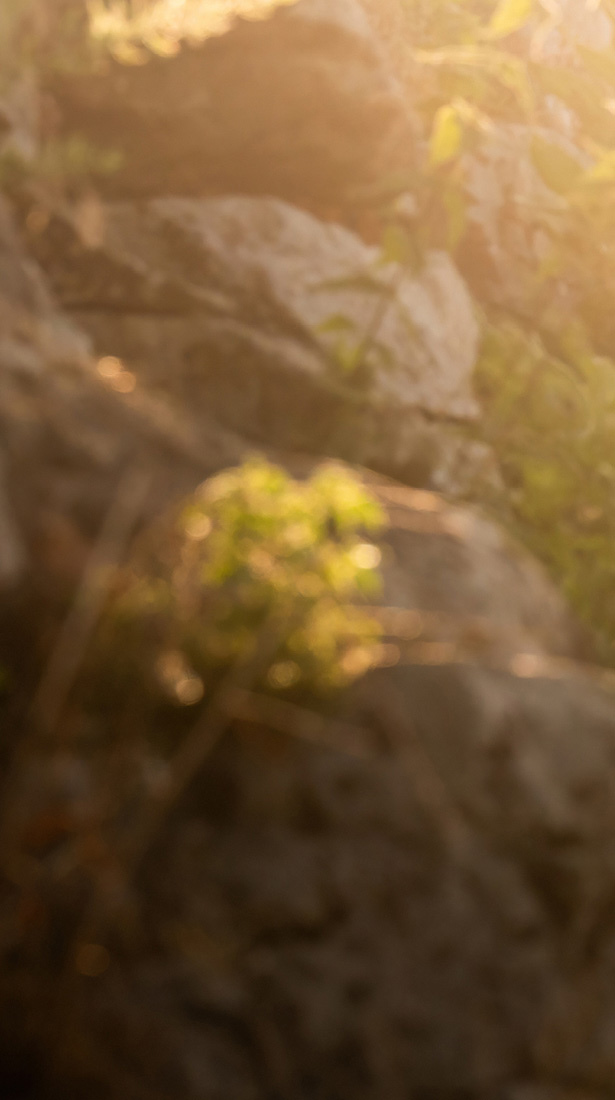
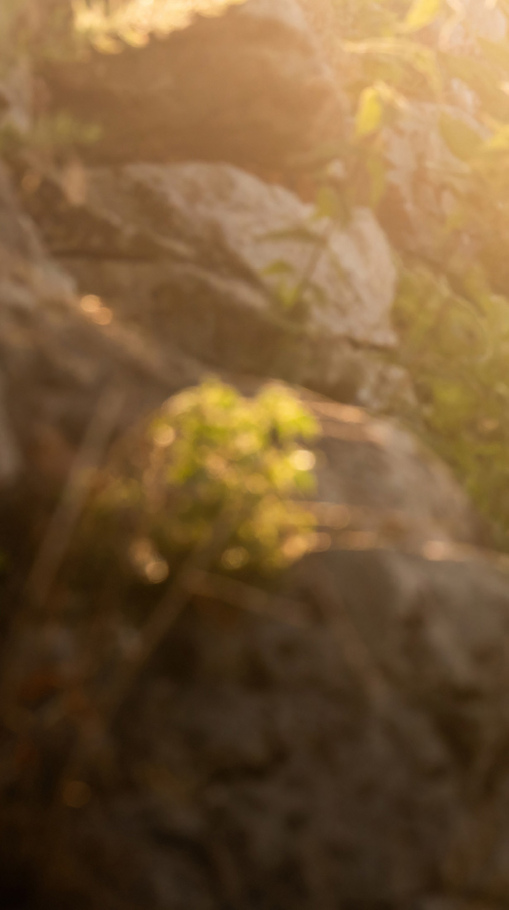
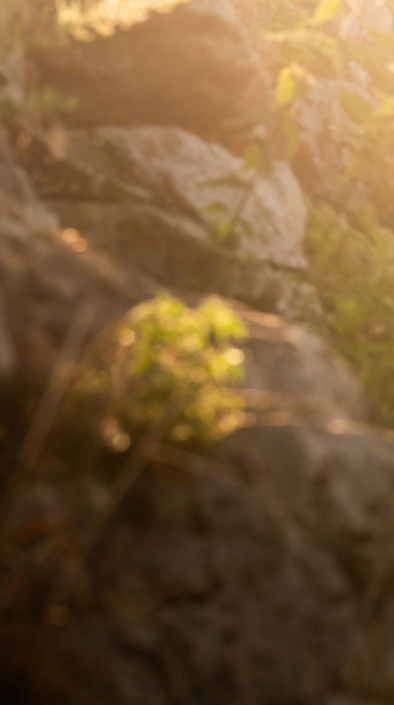
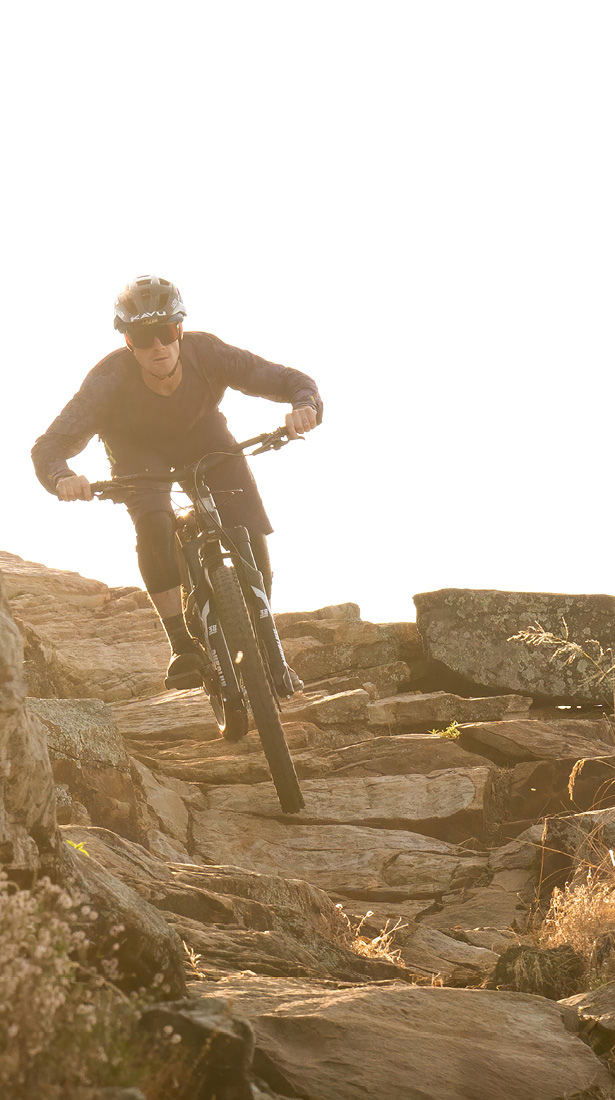
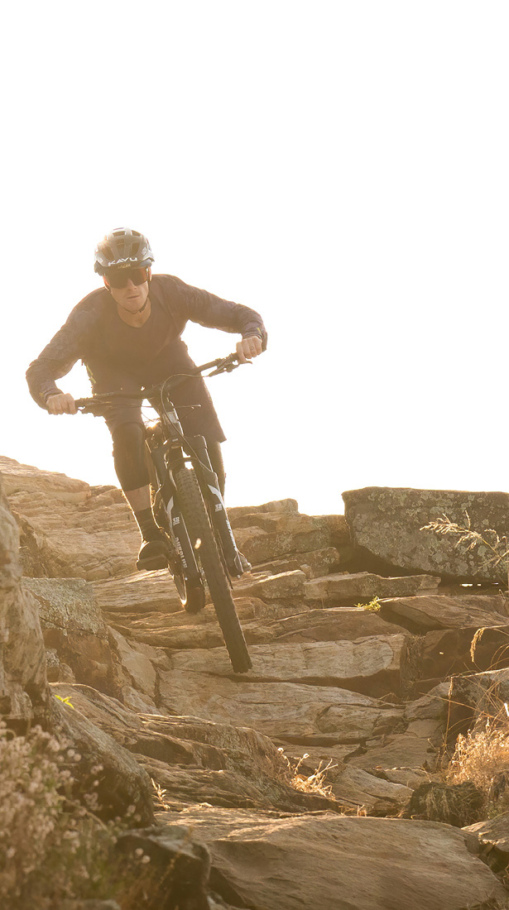






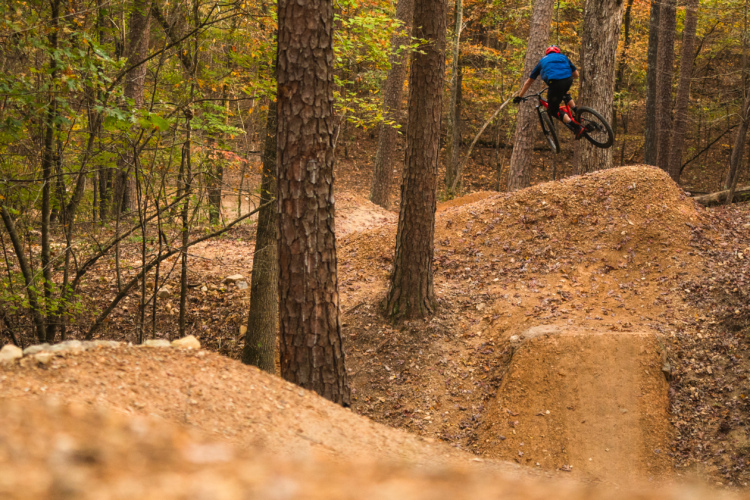
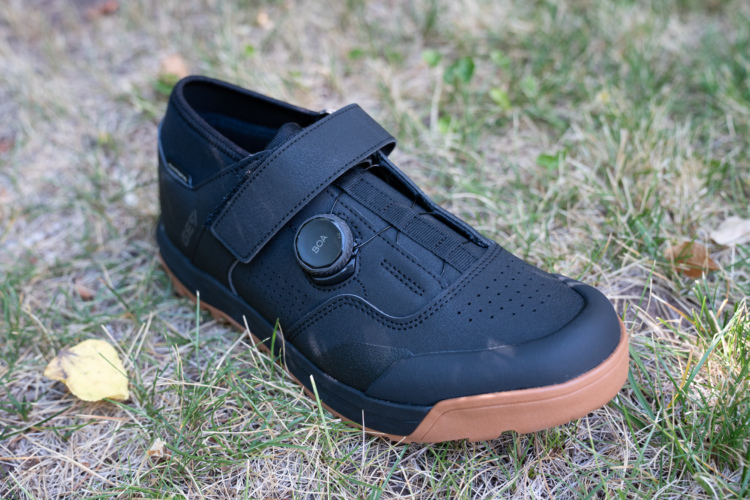
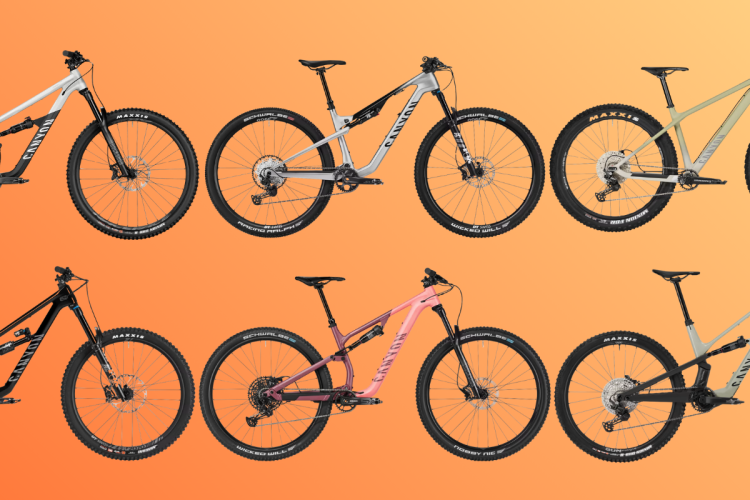
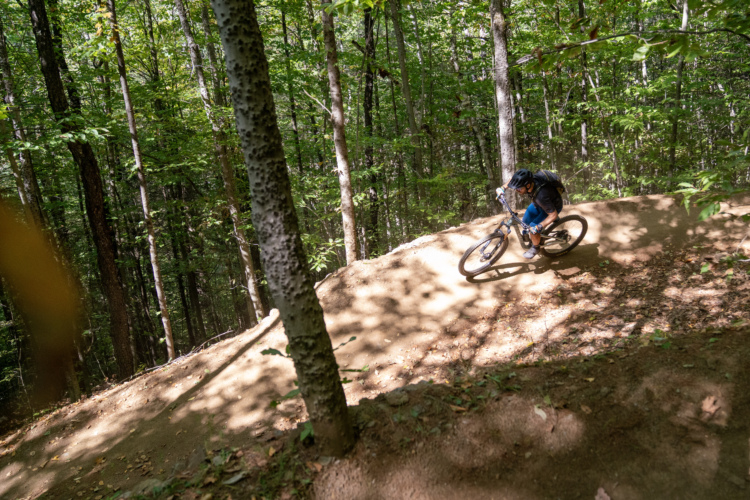

4 Comments
Jan 9, 2025
Jan 14, 2025
Jan 9, 2025
Jan 14, 2025